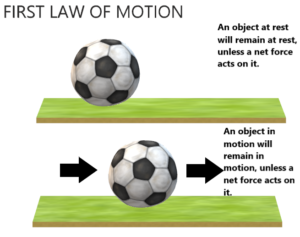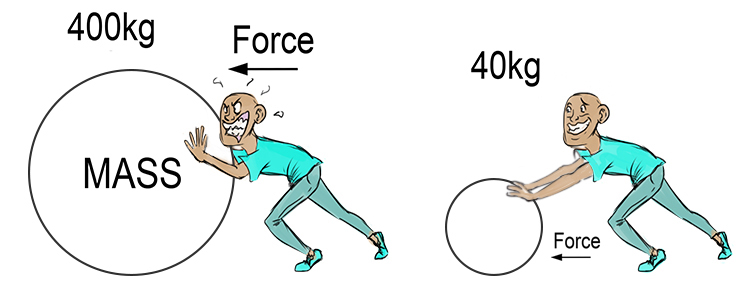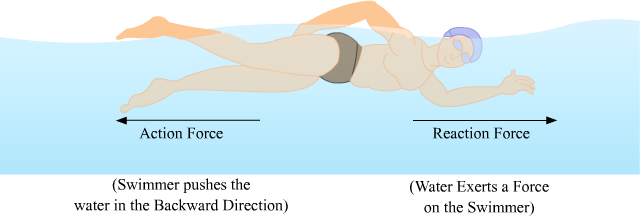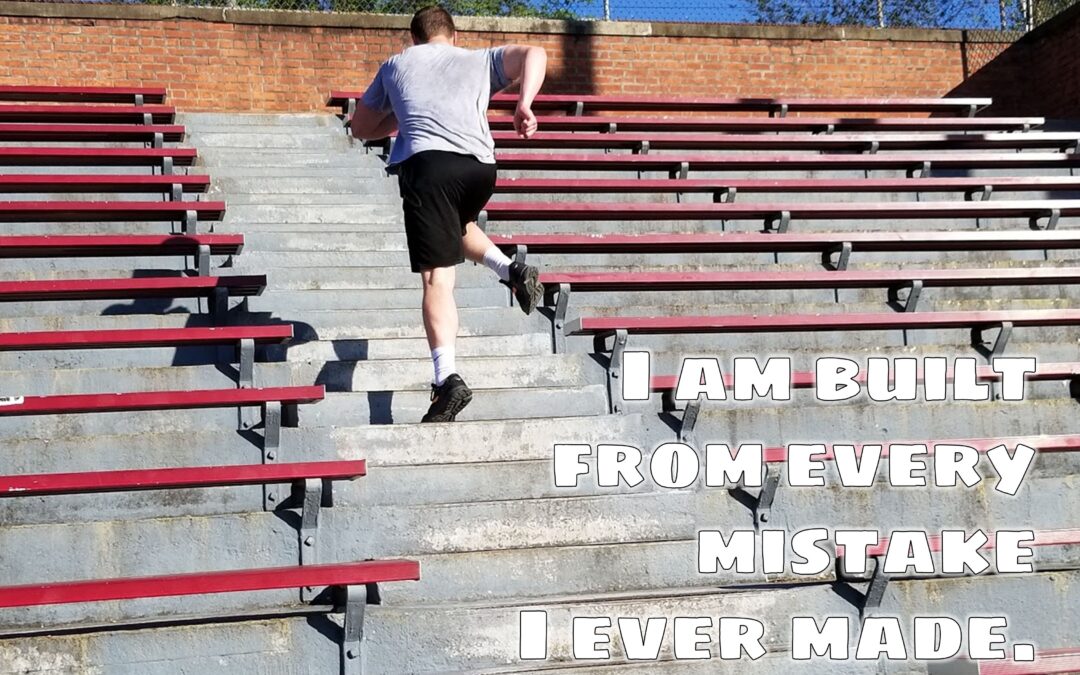I want to talk about physics today. I know, I know . . . this isn’t a science class. HOWEVER, we use physics every day. When you’re working out you’re using more physics than you think. I want to talk about Newton’s Laws of Motion and then tie it all together and talk about levers within our body in the next blog. I promise, this all has relevance. And who knows, you might learn something new?!
Ok, today let’s talk about Newton’s first law of motion or his law of Inertia. This law states that an object at rest will stay at rest and an object in motion will stay in motion unless acted upon by an unbalanced force. Simply, if you’re moving in one direction, you will keep moving in that same direction if nothing throws you off course. If you’re not moving, you’ll stay stationary unless something moves you. An object keeps on doing what it’s doing unless acted on by something else. Some examples:
- Driving in a car – you and the car are moving in the same direction, at the same speed. The car brakes (stops moving). Your body will keep moving forward in the direction the car is traveling unless acted on by an unbalanced force. You wear a seat belt so it keeps you in tight and prevents your body from continuing forward even after the car has stopped. An air bag is also an outside force that stops your movement.
- Doing high knees on the agility ladder. You keep going forward as long as you pick up your feet. If you trip and lose your footing on the ladder, your body keeps going forward so you end up falling on the ground. The trip was your unbalanced force that changed your motion.

An object at rest will stay at rest and an object in motion will remain in motion unless acted upon by an unbalanced force. For more information on Newton’s First Law of Motion in every day life, click HERE. And if you’re a visual learner, this video will show you how to apply it.
Now let’s talk about Newton’s Second Law of Motion: the Law of Acceleration. It states that acceleration is directly proportional to the force and inversely proportional to the mass of an object. If you exert the same force on two objects with different mass, the acceleration will be different. The acceleration of the smaller mass would be greater. For example, acceleration is greater when hitting a baseball (small mass) than when pushing a truck (big mass).
Newton’s Second Law is represented by the equation F = m * a. Force = mass of an object multiplied by acceleration. If force increases, then acceleration increases. If mass increases, acceleration decreases. If mass decrease, acceleration increases. Heavier objects need a larger force to move them. Let’s look at some examples:
- Cleaning a sandbag: The acceleration of your hips is slower when your sandbag is heavier. Lighter sandbag is faster acceleration of your hips.
- If takes more force (muscle strength) to squat a heavy sandbag than it does to squat a light sandbag.
- Cycling: the more force (muscle strength) your legs apply to the pedals, the faster the bike moves (acceleration). The mass of the bicycle remains constant.
Remember, Newton’s second law is about moving an object. The first law was about continuing movement or staying still. We are now moving an object with different masses, rates of acceleration, and required force (muscle strength). This video shows you Newton’s Second Law of Motion!

Newton’s Third Law of Motion states that for every action there is an equal and opposite reaction. Standing requires your body to push down into the ground and the ground to push back against your body. Otherwise, the ground would crumble under your body. Equal and opposite forces exist for everything. Let’s look at a few examples:
- A bird flying in the air. Wings press the air downward and the air presses upward against the wings. The bird stays in flight. If the bird presses down harder the air responds by pushing back harder and the bird goes up.
- Overhead press. Your feet press down into the ground, the bag moves in the opposite direction and presses up.
- Sumo wrestling while wearing the big bubble suits. Both people run into each other full force. The collide and both people bounce backwards in the opposite direction they were running.
- Kayaking: As you push backwards in the water with a paddle, the kayak moves forward. The same is true for swimming.
- Sandbag iso pull: You are exerting the same force as the bag so the bag doesn’t move. If you pull harder than the bag weighs then you move the bag (bag drag).
For every action there is an equal and opposite reaction. This Newtonian Law of Motion is one of the reasons we can do what we do, physically. All three laws collectively make us able to move in 3D. This is how the body works, in 3D. Who knew our motion was related to physics?! Newton’s 3rd Law of Motion video here.


